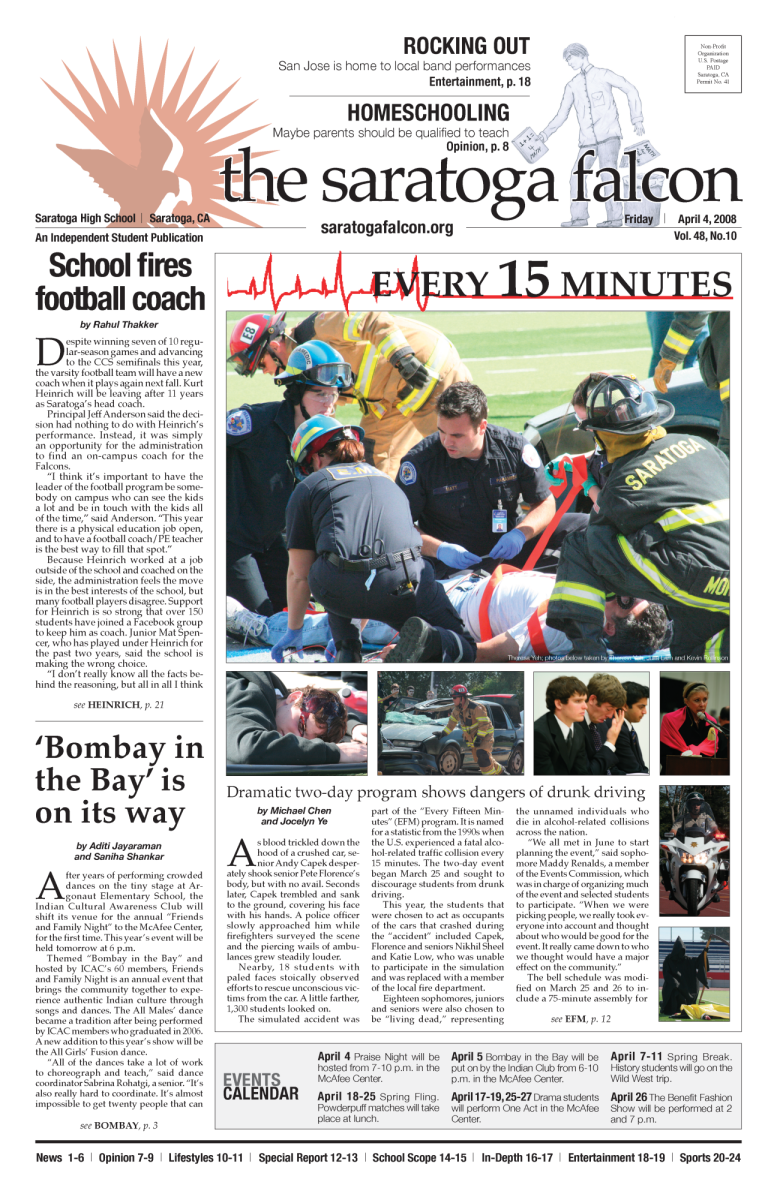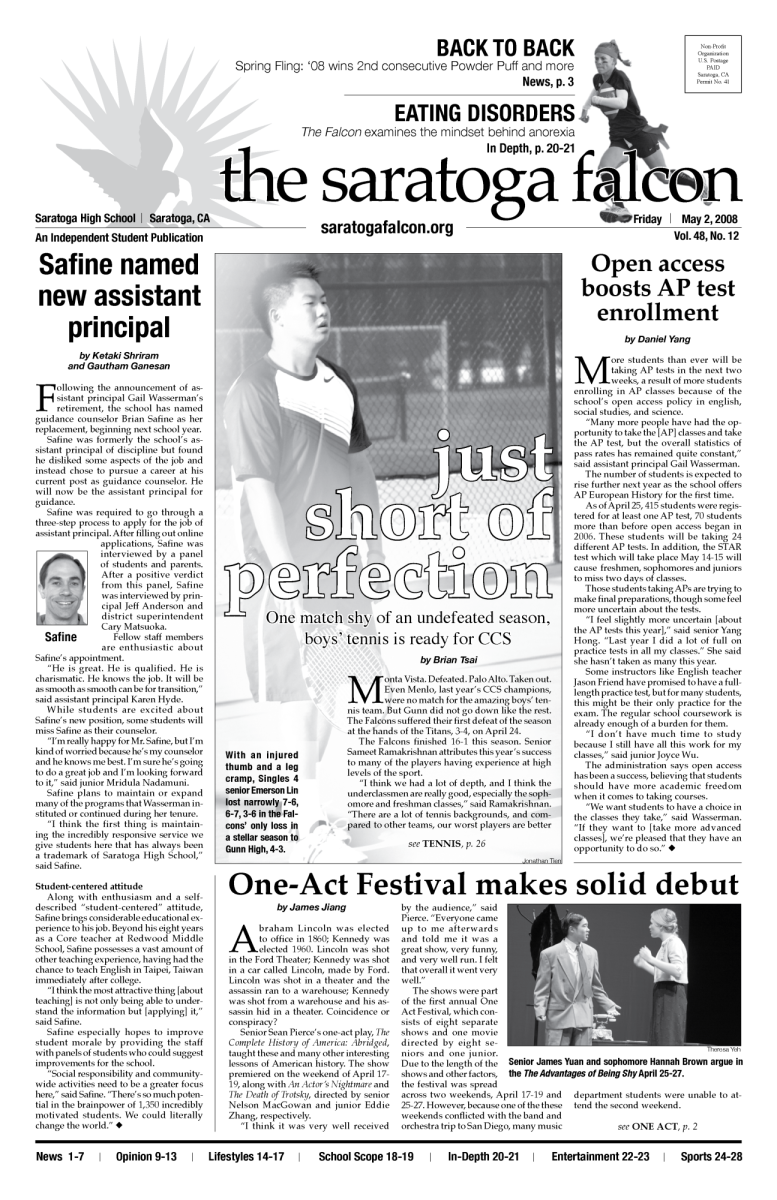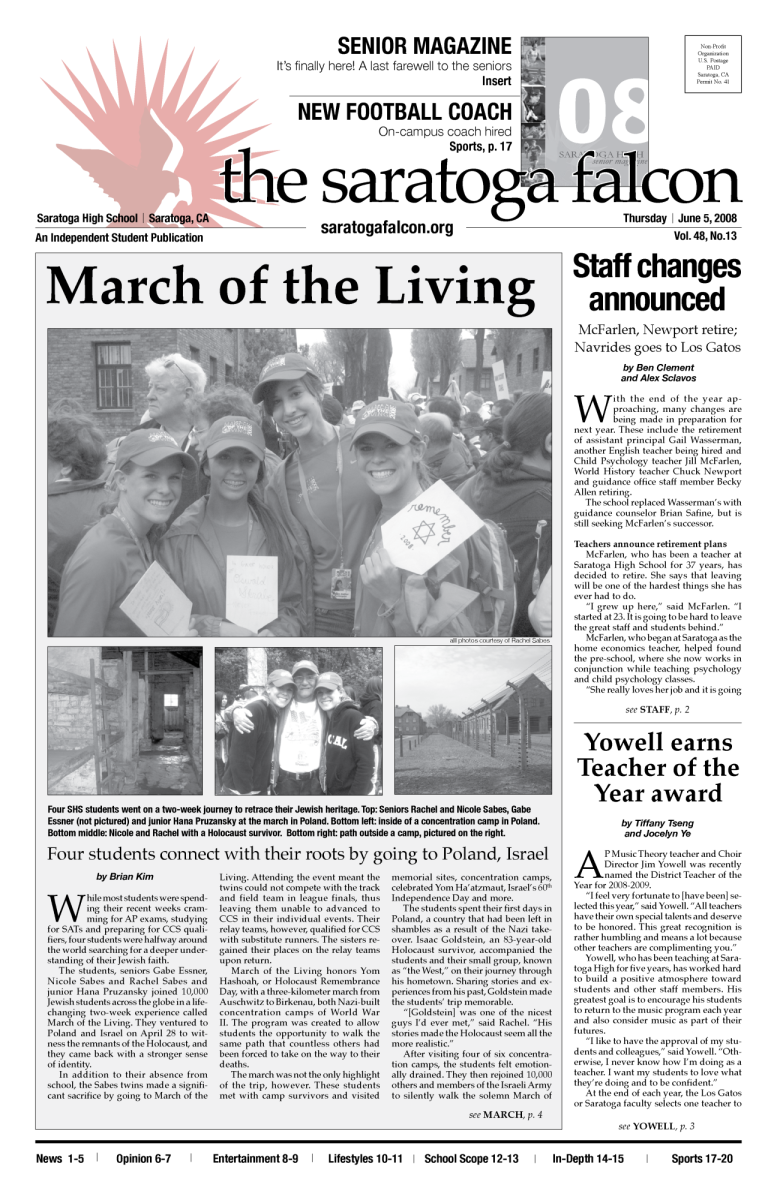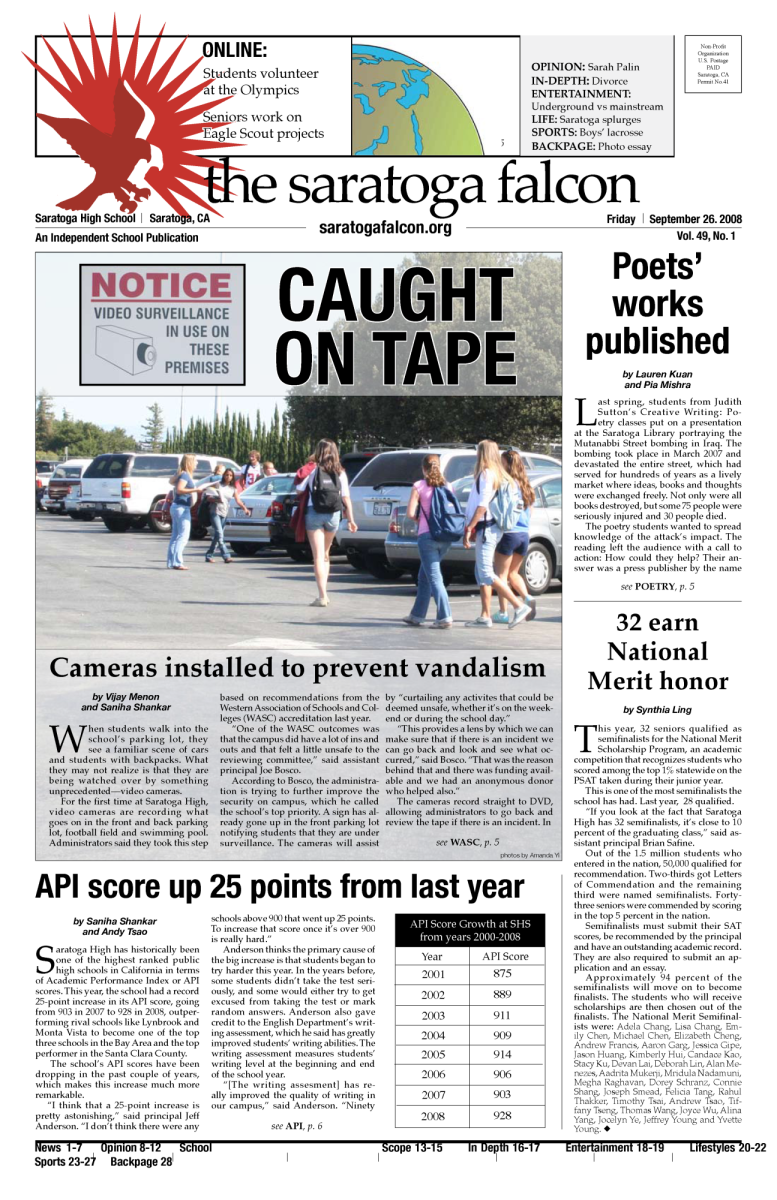As the screen fades to black at the end of “Catching Fire,” the second movie in “The Hunger Games” series, I couldn’t wait to see how the characters would change by the conclusion of the series. Then I remembered that the last book would be split into two movies, and it would be a couple more years before I could finally see the end.
Two-part movie finales have always garnered mixed reviews from viewers and critics, and the announcement of the split of “Mockingjay,” the final book in the “Hunger Games” trilogy, has only renewed the debate. Splitting movies can enhance the story, but it depends on the movie franchise and story.
“Mockingjay — Part 1” will reveal what happened after the daring rescue at the end of the previous movie, “Catching Fire.” “Mockingjay” is the weakest book in the trilogy. Author Suzanne Collins rushes development of new characters and offers choppy plotlines. The movie has the chance to be something of a “do-over,” giving the filmmakers the chance to delve into the backstory of the rebels and the start of the rebellion.
Of course, there is also a chance that this extra space will ruin the movie with excess romantic scenes and random action sequences. The dark, underground movement in the story should be maintained because it represents important, powerful messages like identity and perseverance.
If “Mockingjay” were to be told in one two-hour movie, it would have to move at a quick pace, forcing the creators to omit details.
Not every movie or book adaptation deserves to be split into several films; creating multiple films just to increase revenue deteriorates the story.
For example, producers broke “The Hobbit,” a book of only 300 pages, into three films, each about two and a half hours long. The first two movies have grossed close to $2 billion. From a purely economical perspective, producers can earn double or triple the had they created only one film. But there were definitely parts of “The Hobbit” that seemed to drag on or were unnecessary filler scenes.
If the book is longer or has a more complicated plot, however, it makes sense for the screenwriters to split the film adaptation into multiple movies. Thus, the movie can stay truer to the book because screenwriters can include more details in the most important scenes and develop the characters more gradually.
For hardcore fans like me, two-part movies also extend the franchise and keep the excitement alive by increasing the suspense and creating greater hype. When it was first announced that the last “Harry Potter” finale would be split in two, I jumped for joy. Instead of the series ending in one shot, I would have another whole year to get over the fact that the beloved “Harry Potter” franchise was ending.
The extra time allowed screenwriters to showcase the thrilling showdown between Harry and Voldemort through fight scenes and crucial turning points written by author J.K. Rowling.
Even though two-part finales still cause controversy, it all depends on how well the split films adapt the written material. But no matter how many times “Mockingjay” or any other movie is split up, I will be first in line to watch every single one.



























